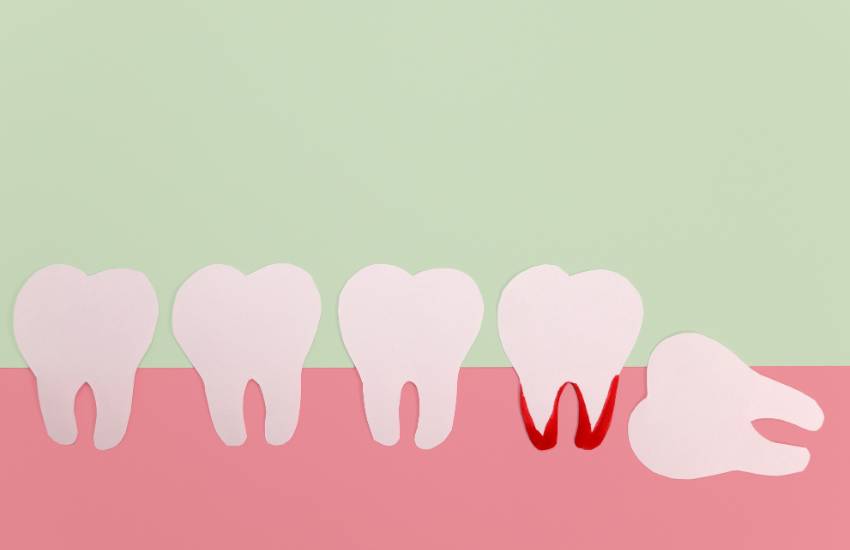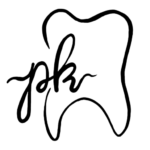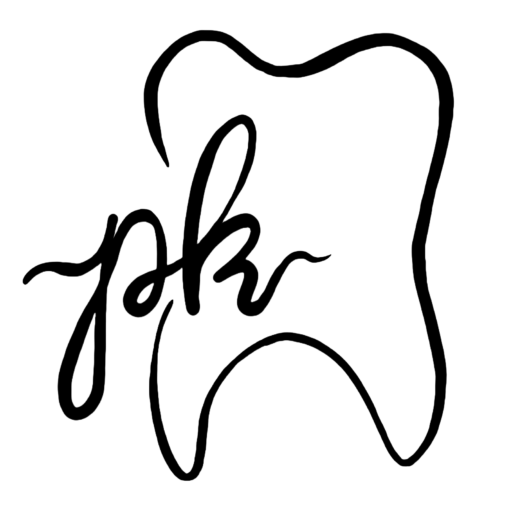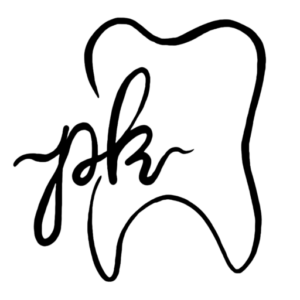Wisdom Tooth Extractions


Call Us Today
Wisdom Tooth Extraction
Wisdom tooth extraction — is a common oral surgery procedure. Dentists may recommend this treatment to preserve ones oral health and protect other teeth from possible issues in the future.
Your wisdom teeth — also called third molars — are in the very back of your mouth. Typically, they erupt sometime between the ages of 17 and 25.
Scientists believe wisdom teeth are vestigial structures. Our ancestors needed these teeth to crush and chew raw leaves, nuts, roots and meat. Today, we eat more cooked food and use forks and knives to cut our food up into smaller pieces. As a result, we don’t need wisdom teeth anymore.
Some people have all four wisdom teeth (one in each quadrant — the upper left, lower left, upper right and lower right). Others may have one, two, three or none at all. No matter how many wisdom teeth you do (or don’t) have, it doesn’t mean there’s something wrong. It’s just a variation of normal and a sign of the ever-changing evolutionary process.
Have one or more impacted wisdom teeth.
Have wisdom teeth that grew in crooked or sideways.
Develop pain near the back of your mouth.
Develop gum disease, particularly around your molars.
Have tooth decay (cavities) in a partially erupted wisdom tooth.
Develop a cyst (fluid-filled sac) around one or more wisdom teeth.
What happens during wisdom tooth extraction?
The day of your procedure, your surgeon will:
Give you anesthesia to numb your teeth and gums and keep you comfortable. (If you choose sedation, they’ll give you sedative medications, as well.)
Make incisions in your gums, if necessary, to expose teeth trapped in your gums or jawbone.
Carefully loosen your wisdom tooth and lift it from its socket. (They may need to divide your tooth into sections for easier removal.)
Clean the area to make sure there’s no infection.
Place stitches to close the surgical site, if necessary.
What are the benefits of wisdom tooth extraction?
Wisdom tooth removal can reduce your risk for future oral health problems, like:
Gum disease.
Tooth decay.
Damage to neighboring teeth.
Bone loss.
Jaw damage.
If you’ve already developed pain because of your wisdom teeth, then extraction can often ease discomfort almost immediately and get you back on track to better oral health.
What are the risks or complications of wisdom tooth extraction?
Wisdom teeth removal usually doesn’t result in long-term complications. In rare instances, people may develop:
Infection (pus coming out of your socket or incisions).
Dry sockets (loss of blood clot resulting in exposed bone).
Damage to other oral structures, including your jawbone, nerves, sinuses or nearby teeth.
Dos and don’ts after wisdom tooth extraction
Your surgeon will give you postoperative guidelines specific for situation. Following these instructions will help you manage bleeding, swelling and pain after your procedure.

